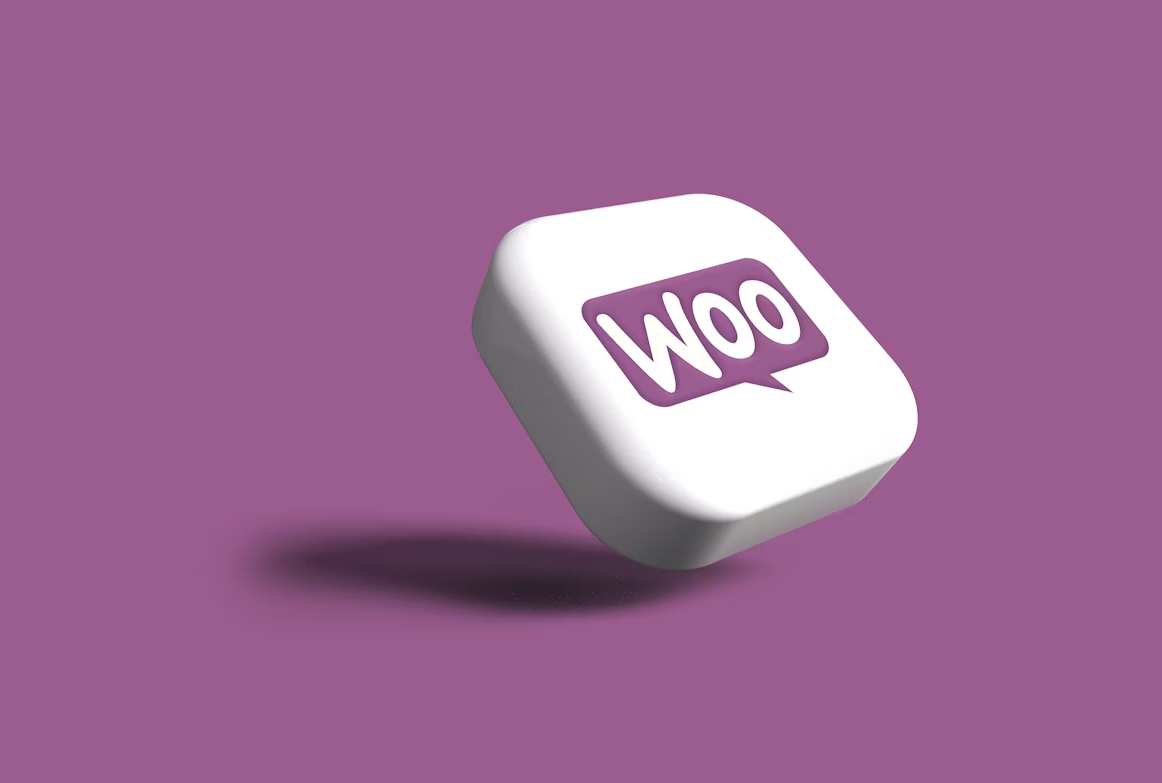Many companies have their products on Shopify, and transferring those products to WooCommerce can be a great idea. Not only does that streamline the process, but it ensures that you have very good results. Plus, you can import products instead of manually adding all the images and info, among others. It’s a challenge, unless you have the right tools and know the process.
Why migrate from Shopify to WooCommerce?
Migrating to WooCommerce from Shopify can be great since you can avoid the Shopify limitations. There are things like app fees, a lack of customization, and many other issues that come from a closed-source option.

Cost savings and more fantastic customization options
As we said, WooCommerce doesn’t have the major costs that Shopify does. Having the option to save both time and money is great, and WooCommerce thrives in this situation. You also want to take your time and start using WooCommerce because it’s much easier to customize. Even if Shopify has apps, plugins are much better on WooCommerce and that’s something you have to consider here.
WooCommerce vs. Shopify: Key differences
| Feature | Shopify | WooCommerce |
| Scalability | Great for simpler solutions | More suitable for long term growth |
| Cost structure | Monthly fees and app fees | Hosting and optional plugins |
| SEO flexibility | Moderate flexibility | Advanced SEO with support for plugins |
| Payment fees | If you don’t use Shopify’s Pay, you have extra fees | No fees related to payment gateways |
| Customization | You’re limited to apps and themes | There’s full access to the structure and code |
| Hosting | Fully hosted by Shopify | Self-hosted |
The best methods for importing Shopify products to WooCommerce
It’s a good idea to know the differences between Shopify and WooCommerce, as it will make it easier to figure out which is the better option. Generally, WooCommerce makes it easier to import products, and it’s a more consistent tool.
Using plugins vs. manual CSV import
Manual CSV importing can be an idea, you can go to the Shopify Admin/products/Export and select app products. After that, you must go and manually match headers and reformat product variants. Then, go to WooCommerce/products/import and upload the CSV files. It’s a more technical option, so keep that in mind. Plugins are easier to use, since they automate the process, and they can do product, sometimes even full store migration. That’s why plugins are usually the preferred option to keep in mind.
Common challenges and how to avoid them
If you have missing product variants, you can use migration tools whose focus is to map these structures correctly. In case you have broken images, you want to download the images from Shopify and manually upload them. Incorrect SEO URLs can also be a thing to keep in mind, and in that case, redirection plugins are extremely dependable. Plus, in case you lost any order or customer data, you can opt for those full migration plugins.

Final steps after migrating your store
Migrating your store from Shopify to WooCommerce might seem like a major challenge, but a lot of the time, it’s not as hard as you think. It comes down to having the right migration tools, because those can be inherently useful and very dependable.
How to verify product data and images?
You want to spot-check products, and also check the inventory levels. Ideally, you want to preview product pages and see if there are any issues. Sometimes these arise, and they can be a bit hard to spot. But addressing them wisely can prove to be a much better solution, so try to keep that in mind. Then, you can check the checkout experience, do some tests, all of that can be super handy, and it will only make things easier in the end.
Updating URLs and SEO settings post-migration
Make sure that you optimize the WooCommerce store’s SEO as well once you finalize the migration process. Install an SEO plugin like Yoast or Rank Math. Additionally, you can regenerate thumbnails, set up 301 redirects, or submit the sitemap to Google. These are great things that will help you avoid problems, solve any issues, and ensure it all works as expected. Do that in a proper manner, and you can see really good results in the end.
Conclusion
We know how difficult it can be to migrate products from one platform to another. Thankfully, going from Shopify to WooCommerce is not as difficult, especially if you use plugins. Granted, there will be some challenges when it comes to the implementation. The faster you implement and add these features, the better it will be. At the end of the day, the primary focus is all about generating great results for the audience, and providing a good, reliable system. That being said, once you follow these guidelines, you will have an excellent outcome!

